Gather around the natural elegance of Wabi Sabi dining tables, where every meal becomes a celebration of simplicity and authenticity. This article celebrates the beauty of handcrafted wood, rustic finishes, and timeless design. From reclaimed timber to live-edge slabs, discover how to create dining spaces that evoke a sense of warmth and connection, inviting you to savor the simple pleasures of life around the table.



















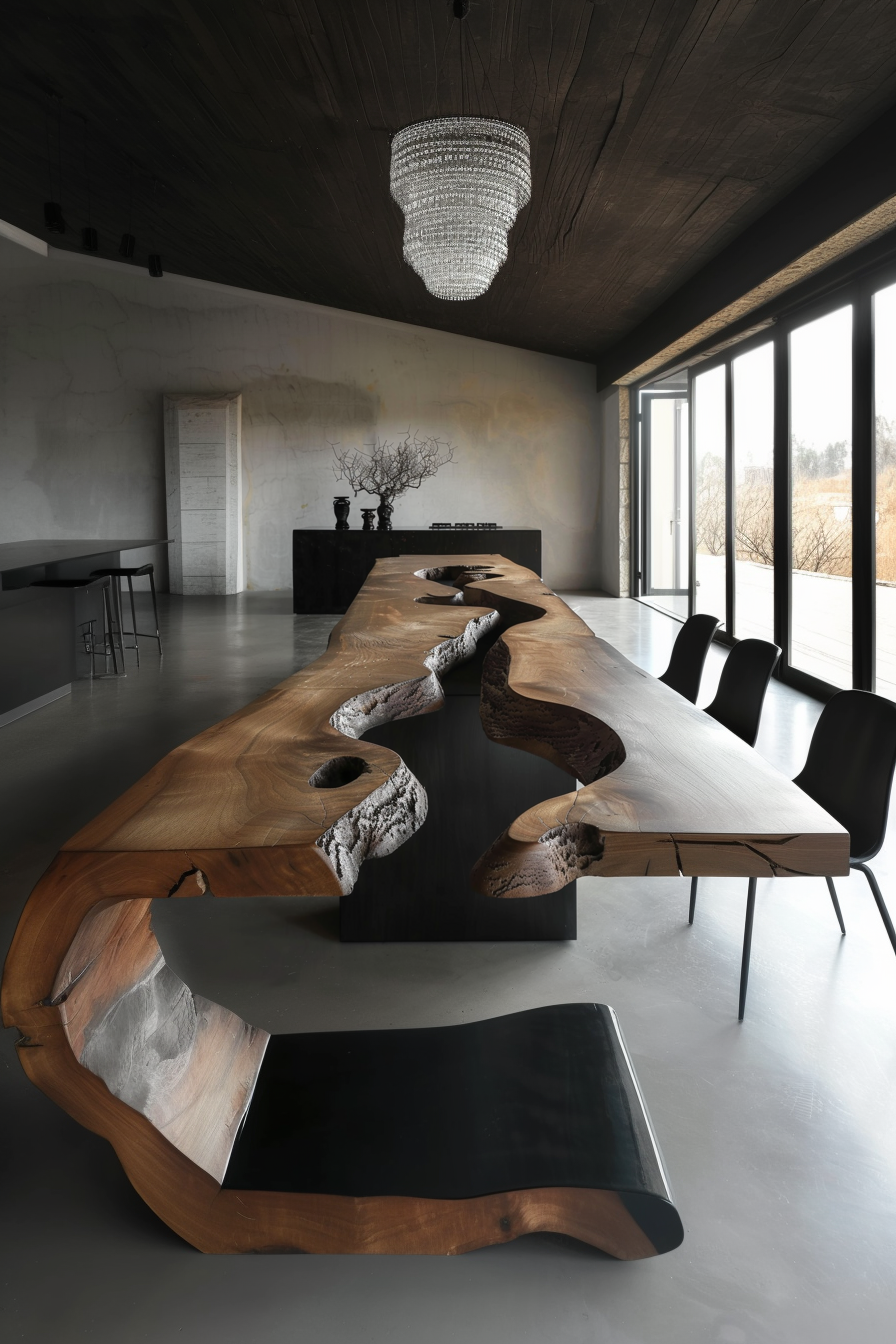

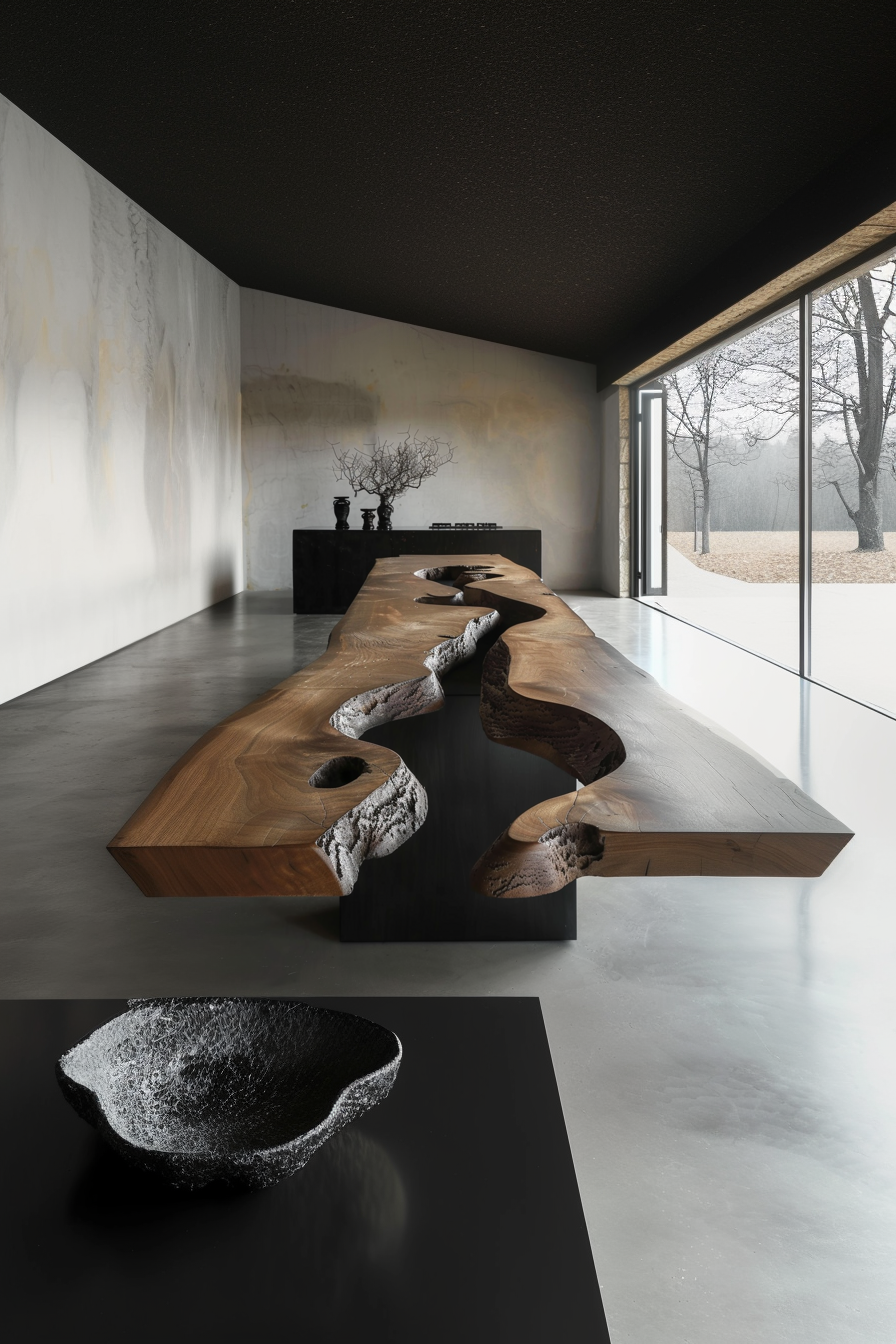




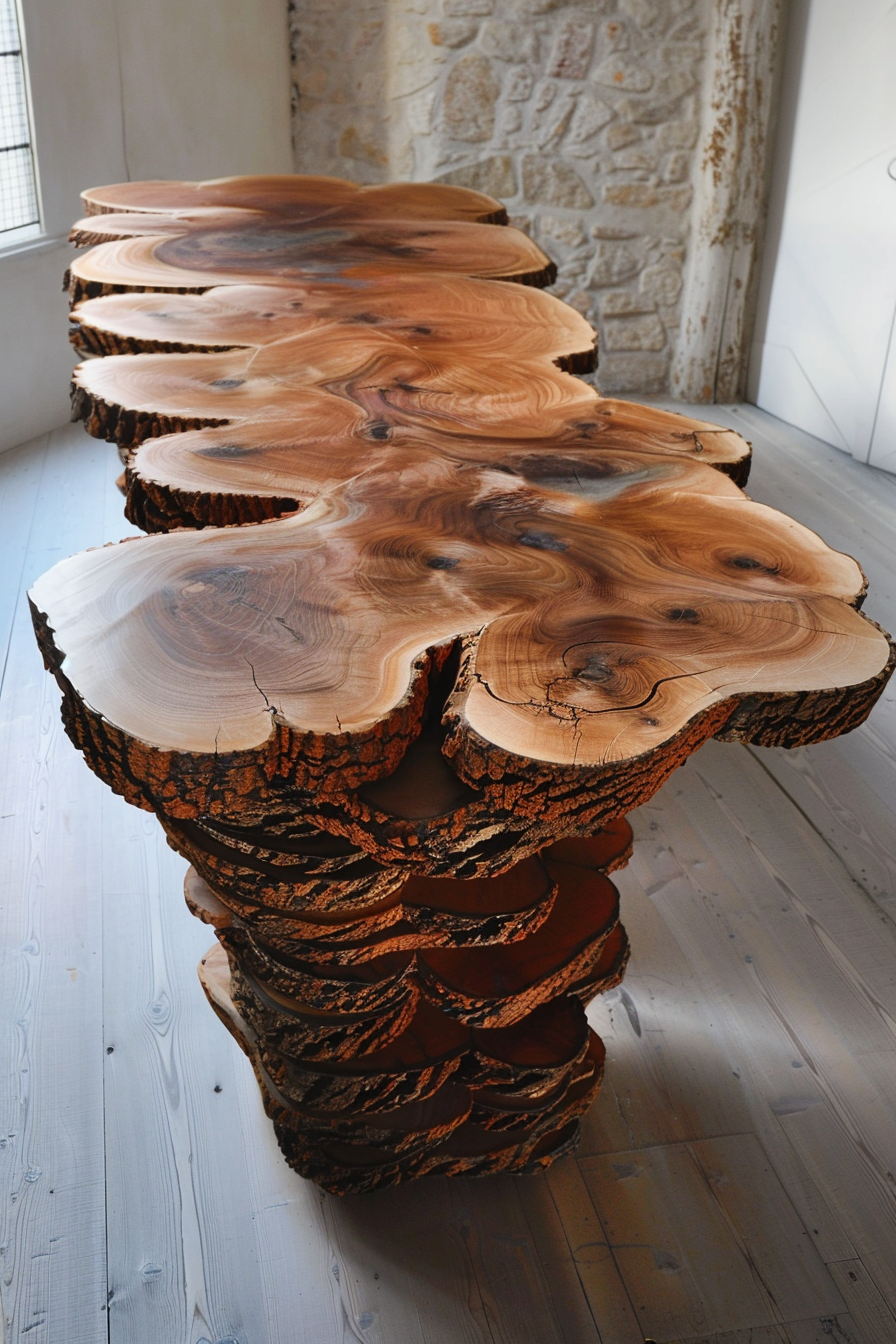

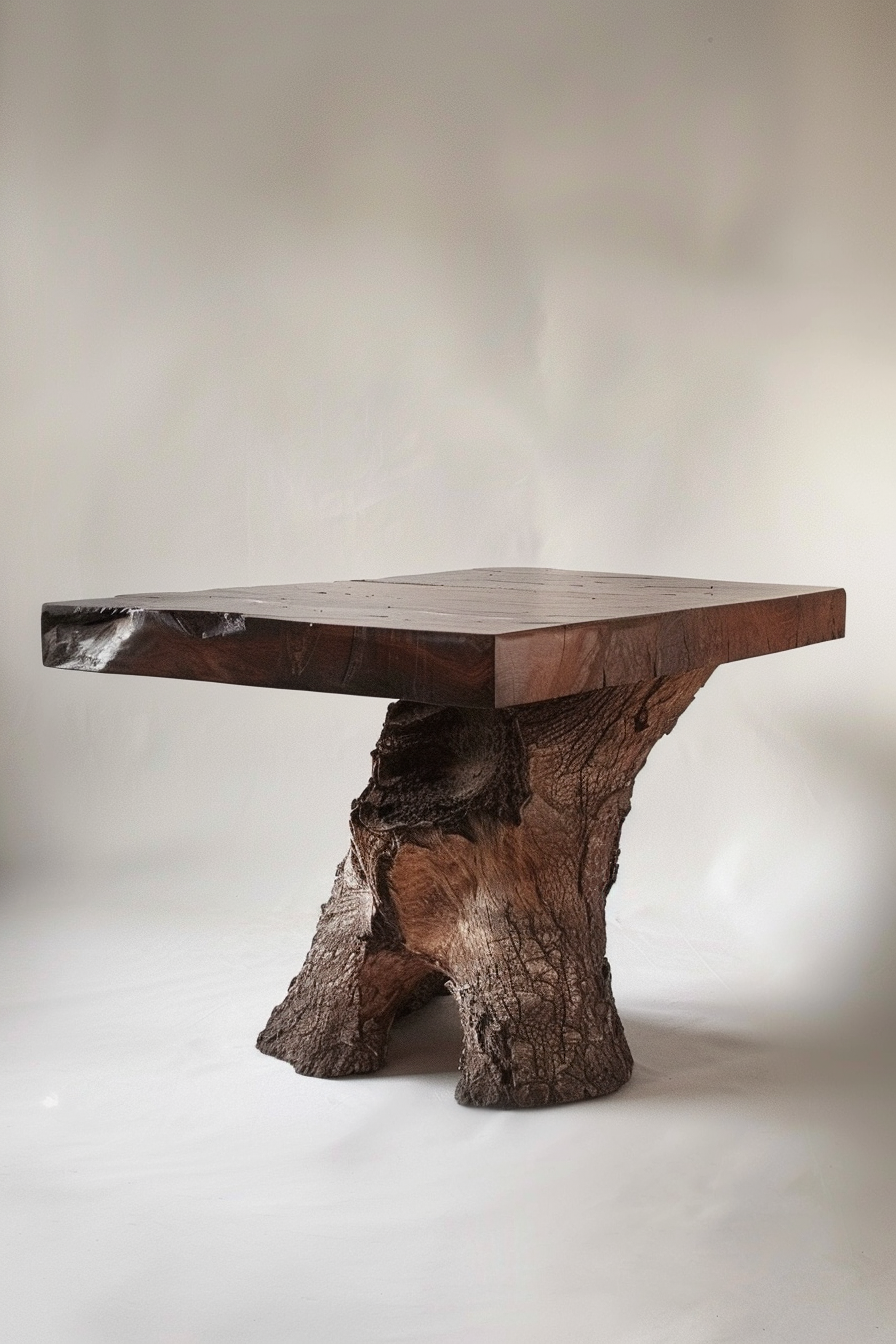
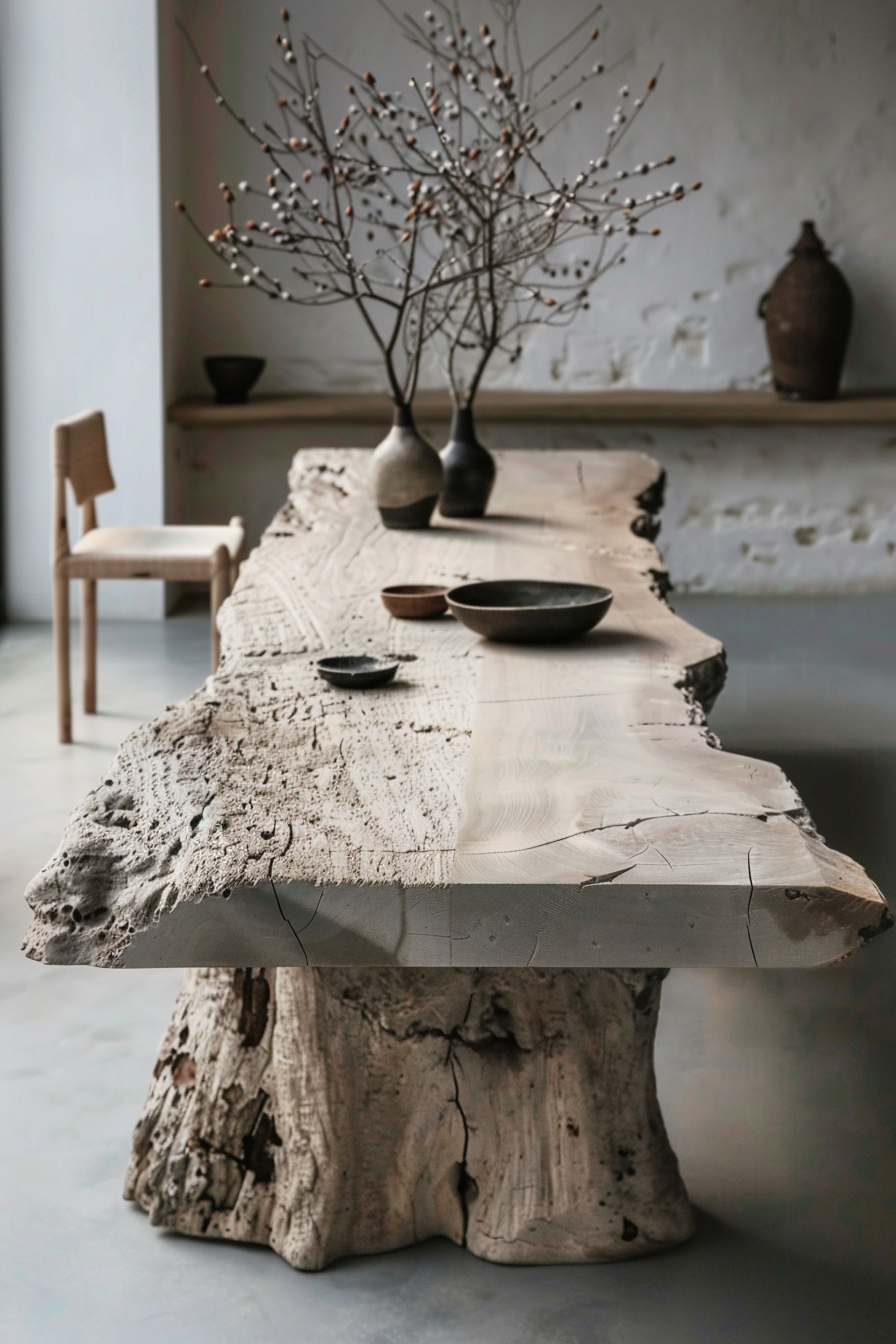




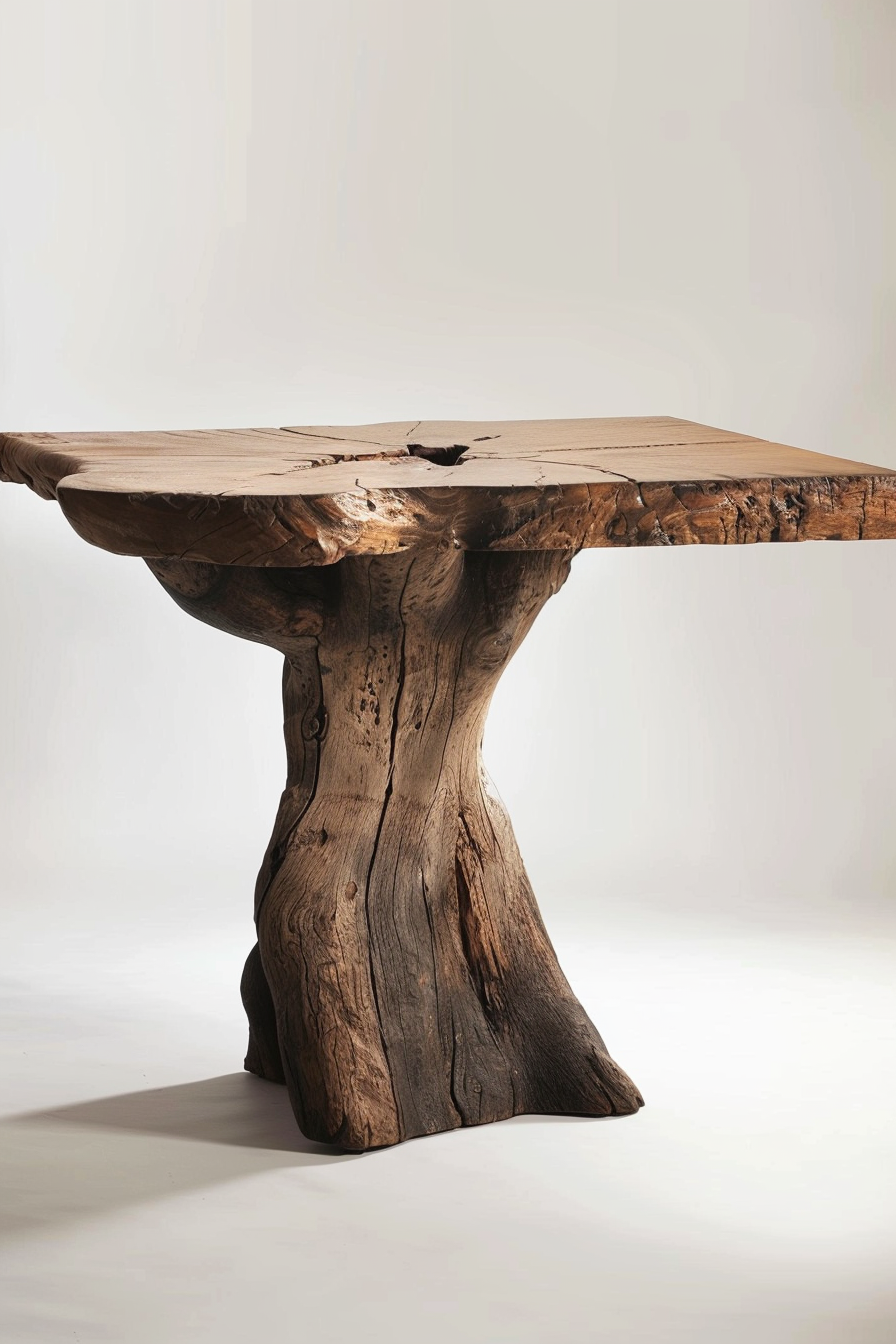





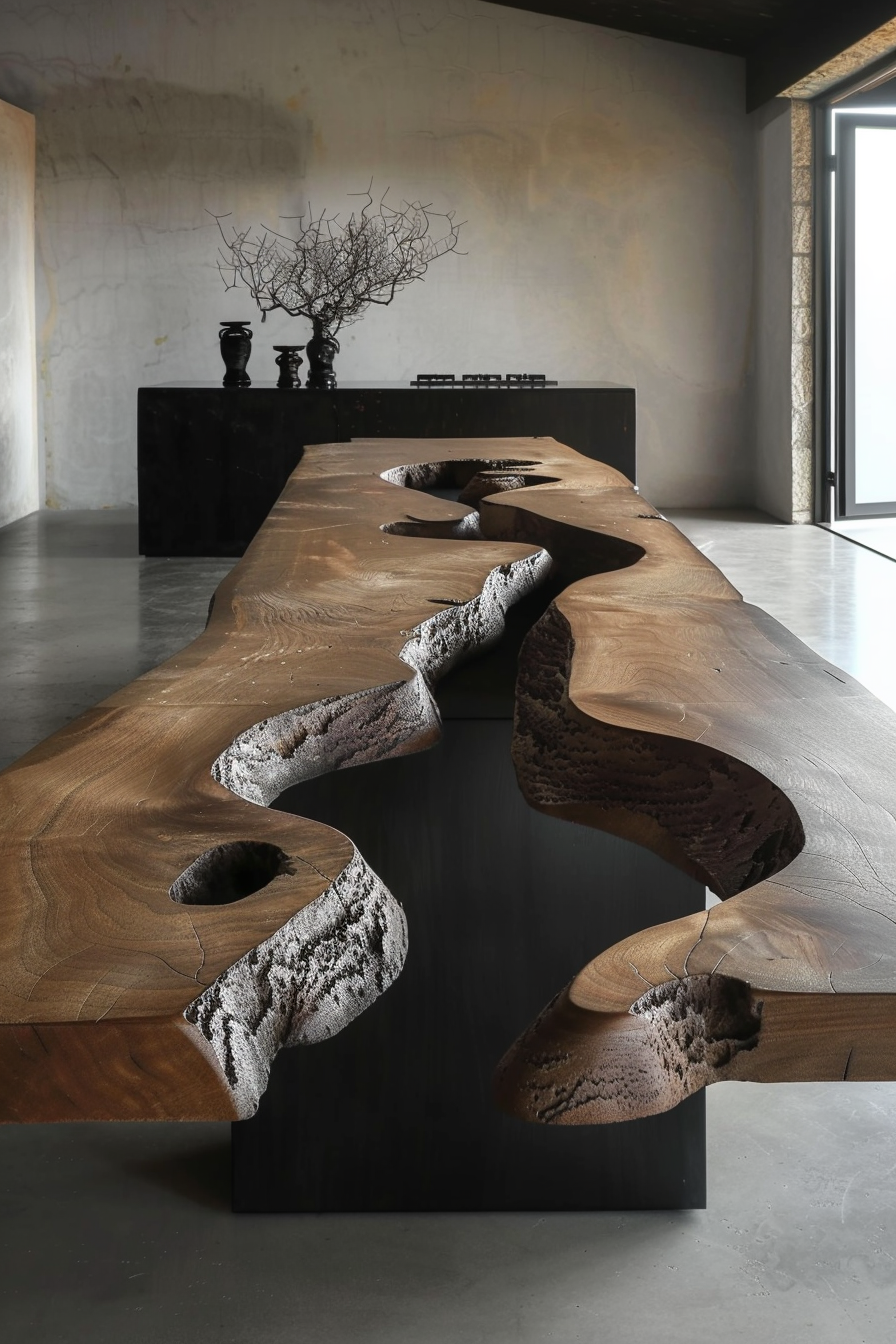




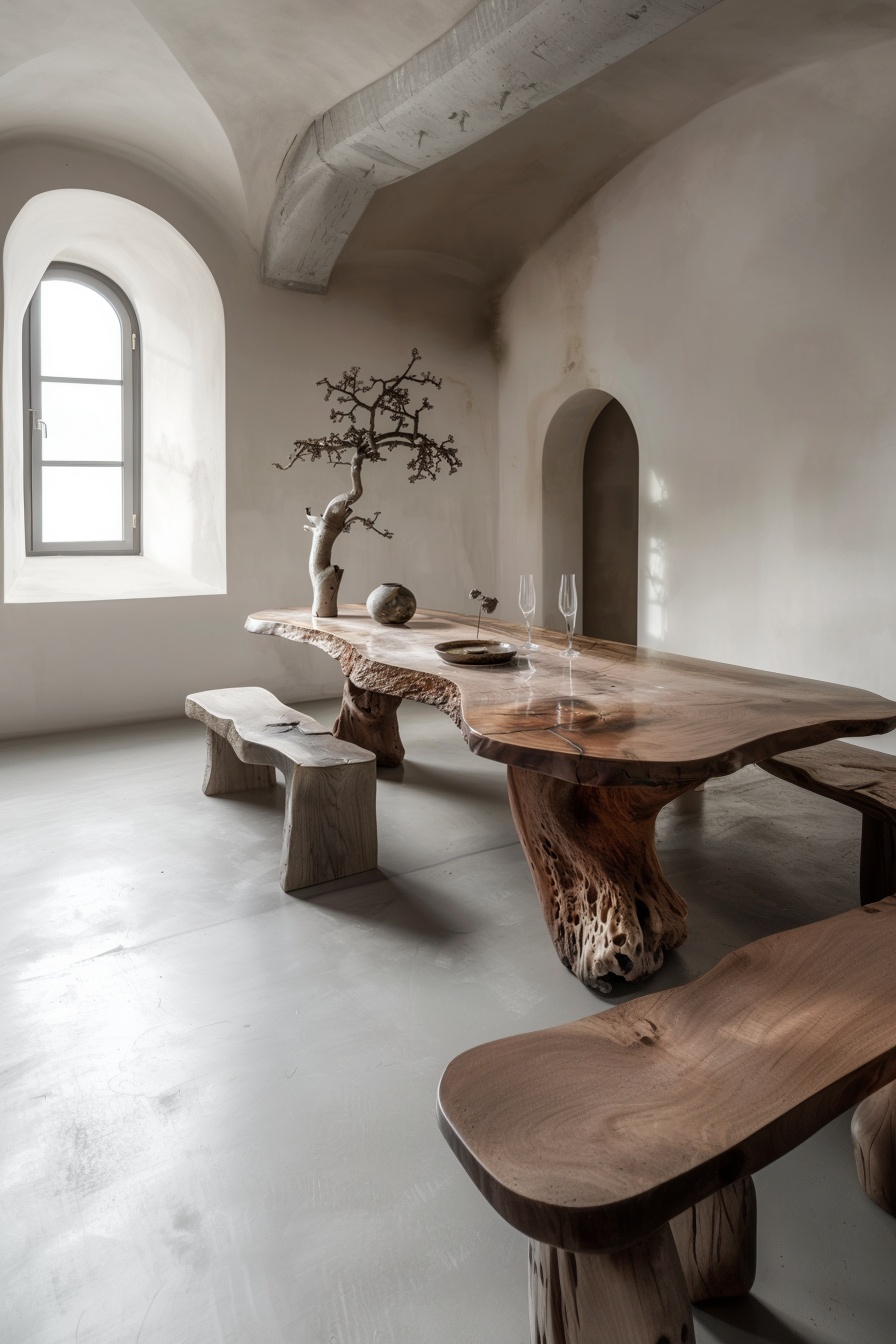
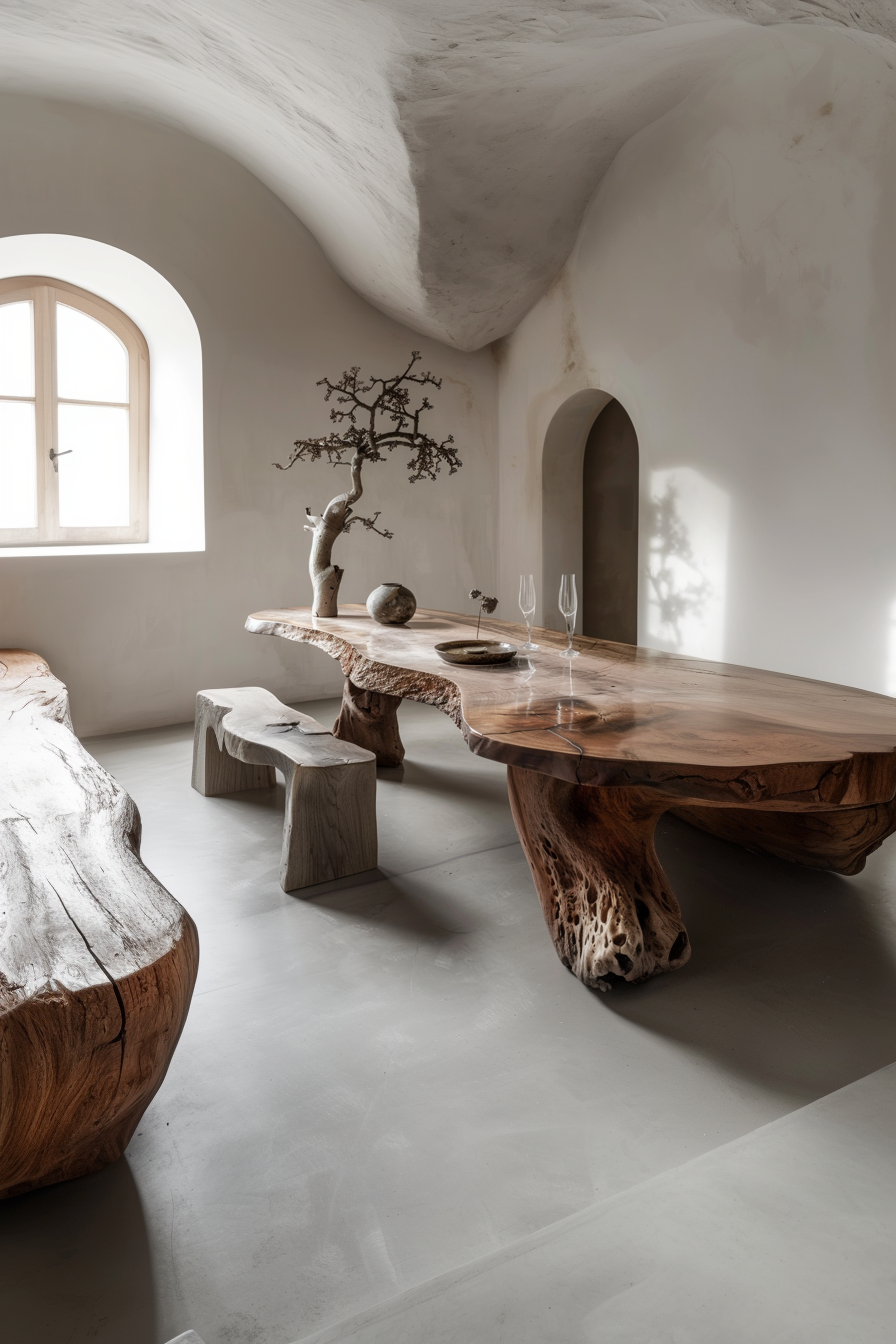





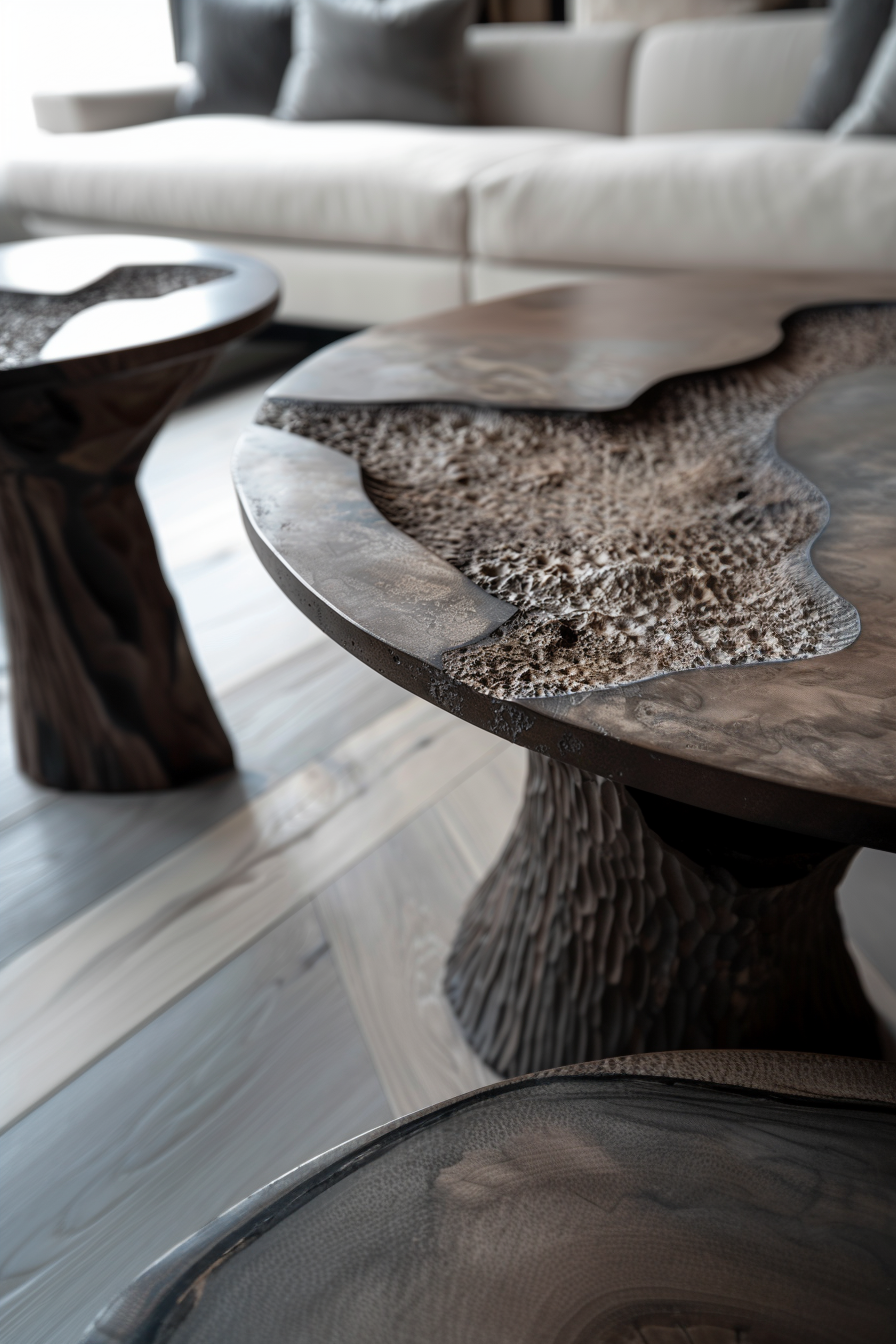















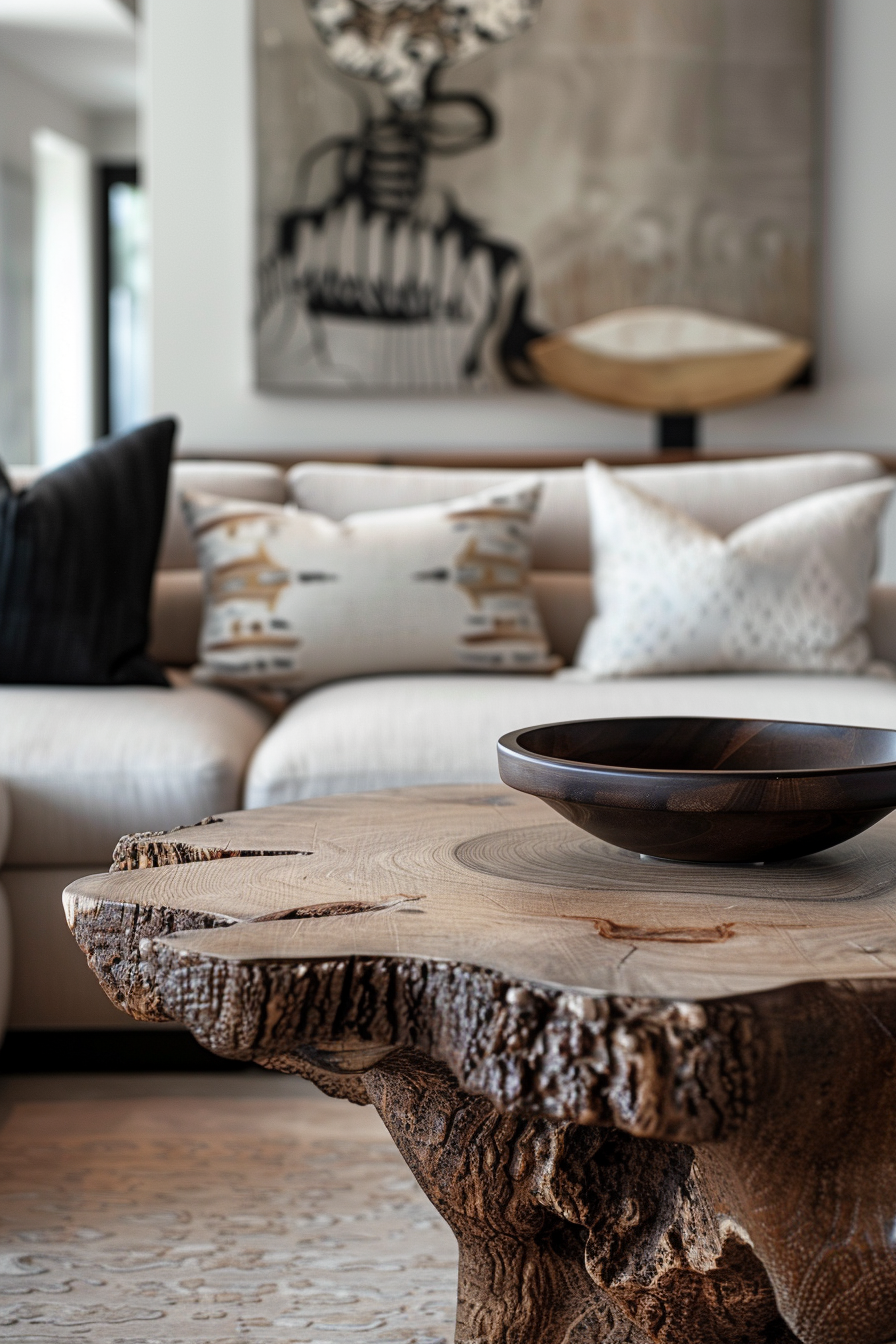












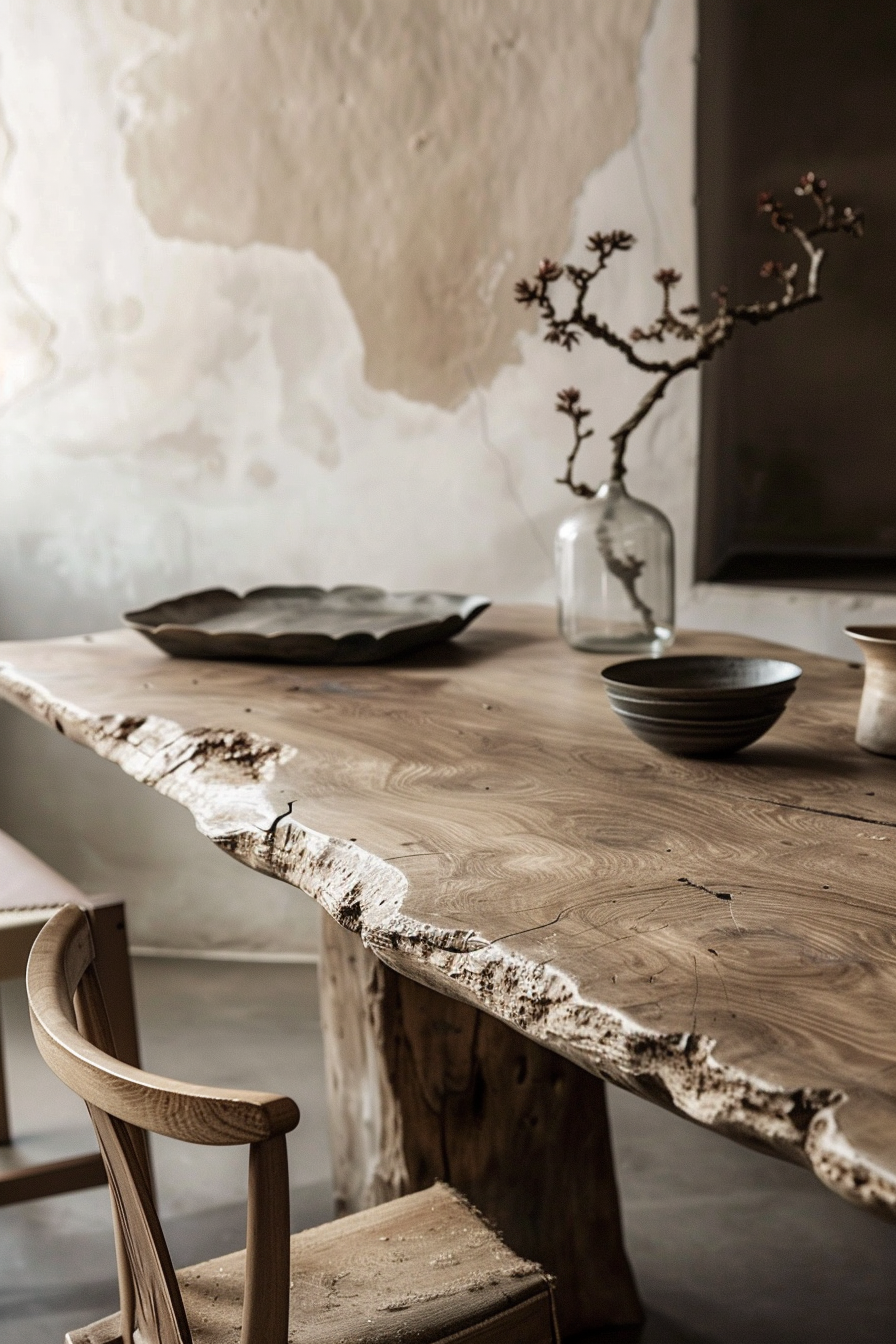



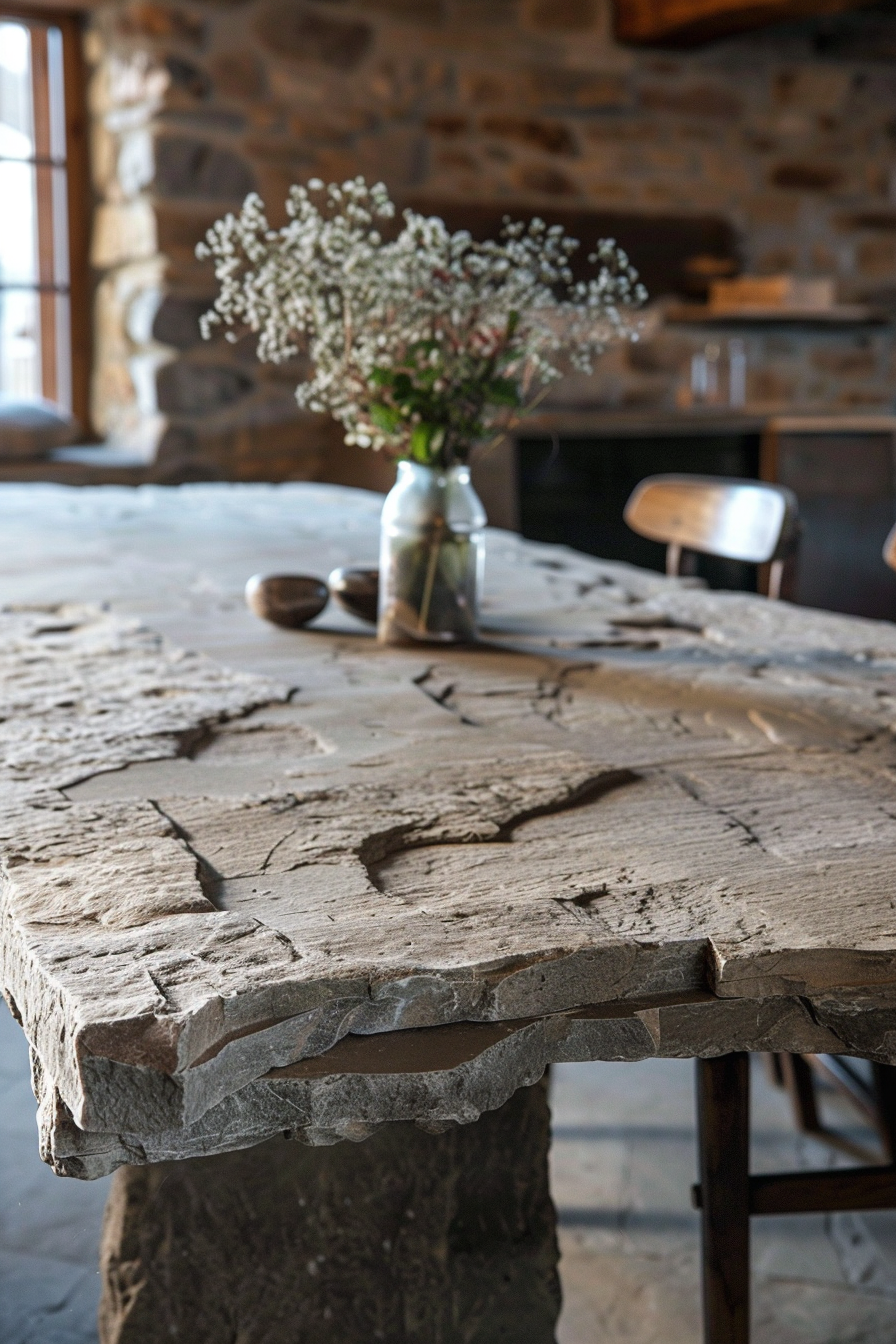








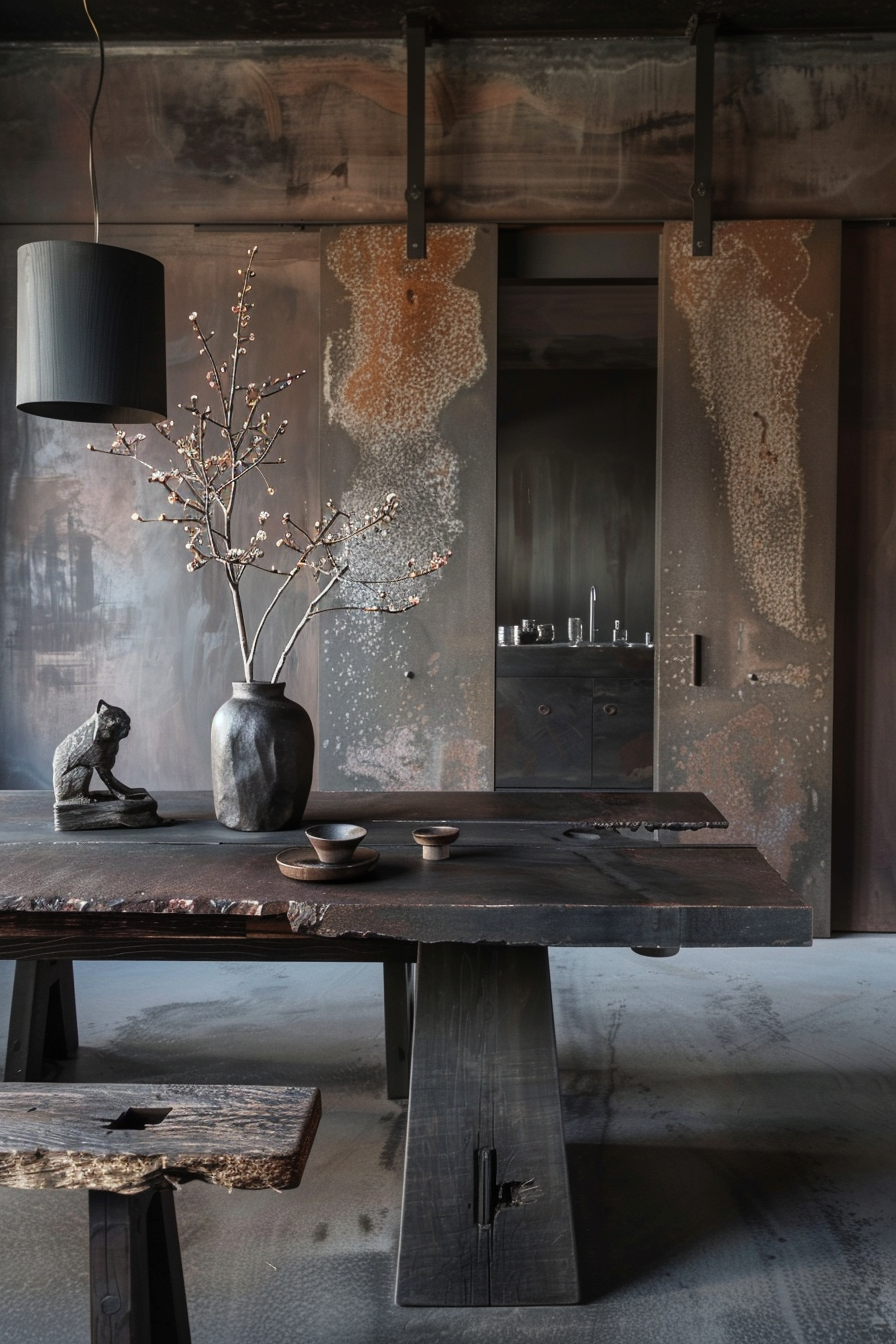





Follow Quiet Minimal on Pinterest for more home design tips and inspiration.


